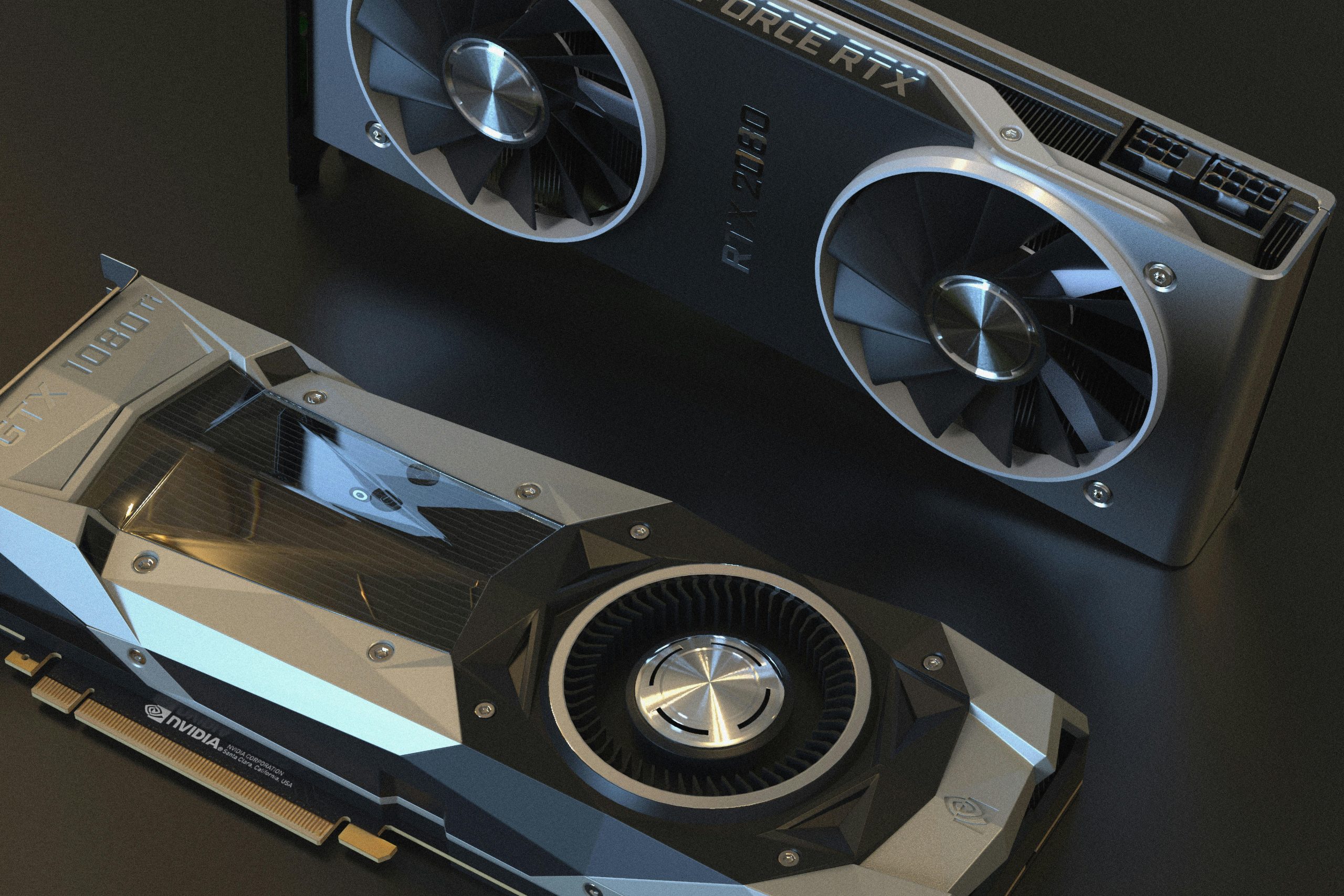Understanding Graphics Card Pricing: GTX 1070 vs. RTX 2060
As a newcomer to the world of computer hardware and performance specs, navigating through the myriad of options and prices can be quite challenging. I recently purchased a prebuilt PC equipped with a GTX 1070 GeForce graphics card a couple of years ago. Now that I’ve been pondering an upgrade, I turned to GPU benchmarking to help guide my decision.
Upon reviewing the benchmark results, I noticed something intriguing: while the RTX 2060 consistently outperforms the GTX 1070, the latter appears to be priced higher in many instances. This caught my attention and prompted a few questions: Why is the GTX 1070 generally more expensive than the RTX 2060? Am I overlooking something important?
Let’s dive into the factors that contribute to this pricing phenomenon.
The Legacy of GTX 1070
One possible reason for the higher price tag on the GTX 1070 is its established reputation and proven performance in gaming. Released by NVIDIA several years ago, the GTX 1070 has built a loyal following, and many gamers still view it as a solid, reliable choice. This historical value can affect pricing, as established products often remain in demand, which can sustain or even elevate their market value.
Availability and Retail Dynamics
Supply and demand dynamics also play a crucial role in pricing. Since the GTX 1070 has been around longer, it might not be as readily available as newer models like the RTX 2060. If stock levels for the GTX 1070 fluctuate or dwindle, this could lead to increased prices as consumers continue to seek out this particular model.
Technological Advancements Considered
While it’s true that the RTX 2060 offers performance improvements over the GTX 1070, particularly with modern features like real-time ray tracing and DLSS (Deep Learning Super Sampling), the market often assesses value through different lenses. The presence of newer technology doesn’t always guarantee lower prices, especially if older models maintain their performance capabilities and appeal.
Conclusion: Evaluating Your Upgrade Path
As you consider upgrading your graphics card, it’s essential to evaluate both performance metrics and market pricing. The GTX 1070’s cost may seem perplexing when compared to the more advanced RTX 2060, but various factors influence these price trends.
Ultimately, your decision should take into account your specific needs, the intended use of your PC, and what features you prioritize. Whether you opt
Share this content:




Thank you for sharing your detailed insights and questions regarding GPU pricing. It’s indeed interesting to observe how market factors influence the relative prices of graphics cards like the GTX 1070 and RTX 2060.
As a support engineer, I recommend checking the current market prices on reputable platforms such as Newegg, Amazon, or specialized hardware vendors. Keep in mind that the GTX 1070, being an older model, might be available through second-hand or refurbished sources, which can sometimes inflate prices due to demand or supply shortages.
Additionally, considering the availability of newer models and their technological features, such as ray tracing and DLSS, might provide better value in the long run, even if the initial cost appears higher. Always compare benchmarks and reviews aligned with your intended use-case—whether gaming, content creation, or other tasks—to ensure you’re making the most informed and cost-effective decision.
If you’re planning an upgrade, I also suggest verifying the compatibility of your current system, especially the power supply and PCIe slots, and considering the overall performance-to-price ratio based on your specific needs. Feel free to reach out with any further questions!